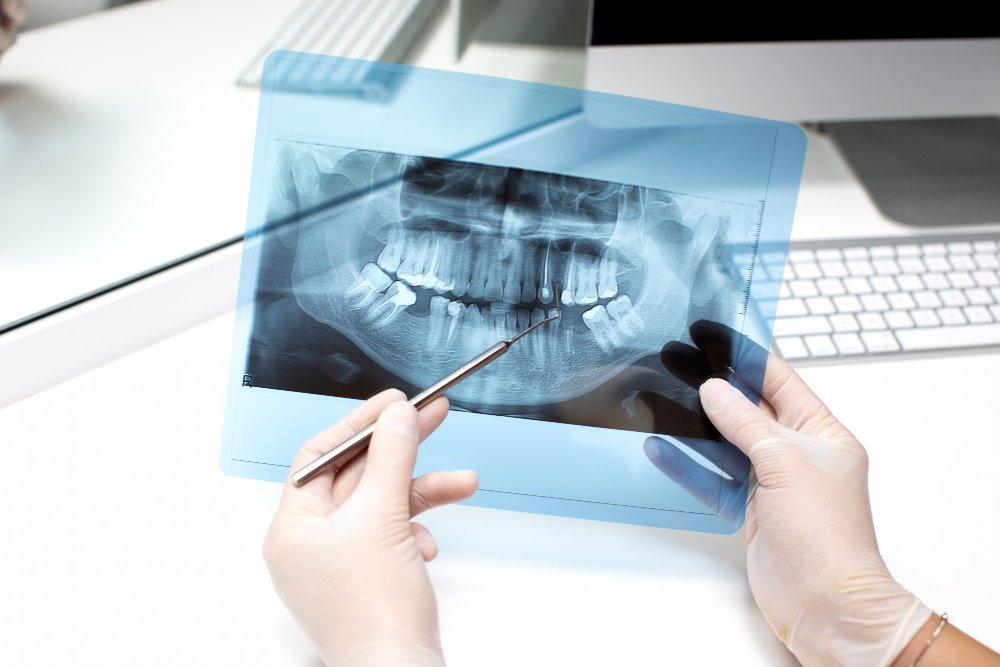Orthodontic advancements have transformed the way dental misalignments are treated, with clear aligners emerging as a preferred alternative to traditional braces. Offering a discreet, comfortable, and efficient solution, clear aligners have revolutionized orthodontic care by enhancing aesthetics, improving oral hygiene, and allowing dietary freedom. As the future of orthodontics continues to evolve, clear aligner treatment planning remains a crucial step in achieving optimal results.
Table of Contents
2. Diagnosis and assessment: criteria to select your cases
3. Clear Aligner treatment planning: goals & incognita
4. Patients education and communication: XX rules to achieve compliance
5. Case monitoring and complications management
6. Case completion and retention
7. Conclusion
Diagnosis and Assessment
1. Case Selection Criteria
Clear aligners are among the most sought-after orthodontic treatments. However, it is the responsibility of dental practitioners to select ideal candidates for aligner therapy. Suitable cases include mild crowding, spacing, and constricted arches. More complex cases, such as deep bites, rotations, or significant tooth intrusions, require a thorough understanding of aligner biomechanics to ensure predictable results. A detailed evaluation helps in crafting a precise treatment plan.
2. Medical and Dental History
Assessing a patient’s medical and dental history is crucial before initiating treatment. Since clear aligners are contraindicated in specific cases, understanding pre-existing conditions helps orthodontists tailor a safe and effective treatment plan.
3. Managing Patient Expectations
To ensure high patient satisfaction, it is important to establish realistic treatment expectations. Orthodontists should educate patients on the capabilities and limitations of clear aligner therapy, ensuring transparency throughout the process.
4. Comprehensive Orthodontic Evaluation
A detailed assessment includes analyzing teeth alignment, jaw relationships, periodontal health, and occlusion. This step helps identify any functional issues that need to be addressed during treatment.
5. Clinical Examination (X-rays, Intraoral Scans, and Impressions)

Intraoral scans provide a 3D visualization of a patient’s dentition, allowing precise treatment planning. Additionally, dental X-rays offer insights into skeletal structures, root positioning, and overall bone health, ensuring accurate diagnostics.
6. Digital Smile Design and Treatment Simulation
Advanced digital tools enable orthodontists to create a virtual representation of the desired outcome. This simulation helps in mapping out precise tooth movements, refining the treatment plan, and setting realistic treatment goals.
Clear Aligner Treatment Planning: Key Goals
1. Selecting a Reliable Clear Aligner System
Choosing a reputable clear aligner brand like AccuAligners ensures high-quality materials, cutting-edge technology, and ongoing professional support throughout the treatment journey.
2. Importing Patient Details and Records
The first step in treatment planning involves importing patient data, including intraoral scans, PVS impressions, and orthodontic photographs into the case management software.
3. Setting Treatment Goals and Objectives
Orthodontists establish treatment goals such as aligning teeth, closing gaps, correcting rotations, and improving bite function to create a customized approach for each patient.
4. Creating Virtual Aligner Setups and Tooth Movements
Using advanced digital software, orthodontists map out the timing and sequence of aligner changes, allowing precise tooth movements for optimal results.
5. Incorporating Attachments and Additional Techniques
For complex cases, attachments or auxiliary techniques may be needed. These small, tooth-colored attachments enhance aligner grip and facilitate controlled movements for better efficiency.
6. Refinements and Mid-Course Corrections
Treatment progress is closely monitored, with refinements made as needed. Additional aligners or minor adjustments ensure the best possible outcome.
Monitoring and Follow-Ups
Regular check-ups are essential for tracking treatment progress. Adjustments can be made based on the aligners’ fit, ensuring that the treatment stays on course.
Patient Education and Communication
1. Treatment Duration
Patients should be informed that the duration of clear aligner therapy varies depending on case complexity. Proper guidance on treatment timelines helps manage expectations.
2. Potential Discomfort and Speech Changes
Patients should be made aware of minor discomfort or speech adjustments during the initial phase of wearing aligners. Educating them about these temporary changes improves compliance.
3. Oral Hygiene Importance
Maintaining excellent oral hygiene is critical throughout the treatment process. Practitioners should demonstrate proper brushing, flossing, and rinsing techniques to prevent plaque buildup and maintain oral health.
4. Compliance and Responsibility
Patients must understand the importance of wearing aligners as prescribed. Non-compliance can delay progress or compromise results, making patient cooperation a key factor in success.
Case Monitoring and Complications Management
1. Common Issues and Precautions
Some common concerns include mild discomfort, speech changes, or gum soreness. Educating patients on these issues helps them navigate their treatment journey with confidence.
2. Regular Check-Ups
Routine visits allow practitioners to assess progress, make necessary adjustments, and ensure that aligners fit properly.
3. Aligner Fit and Progression
Monitoring aligner fit is crucial. If aligners do not track properly, refinements or additional aligners may be required to maintain treatment efficiency.
4. Addressing Patient Concerns
Open communication between patients and orthodontists fosters trust and ensures smooth treatment progression.
Case Completion and Retention
Upon completion of clear aligner treatment, patients transition into the retention phase to maintain their new smile. Retainer options include:
- Removable Retainers: These custom-made retainers offer flexibility and ease of use.
- Fixed Retainers: Bonded to the back of the teeth, they provide a long-term solution but require careful oral hygiene maintenance.
Patients should initially wear retainers full-time, gradually transitioning to nighttime wear. Follow-up visits help ensure long-term stability and patient satisfaction.
Conclusion
Clear aligner treatment planning plays a pivotal role in achieving excellent orthodontic results. By leveraging digital tools, conducting comprehensive evaluations, and educating patients, orthodontists can create highly personalized treatment plans. As clear aligner technology continues to advance, embracing modern techniques and strategies ensures optimal patient outcomes. AccuAligners remains at the forefront of this innovation, providing effective, aesthetic, and comfortable orthodontic solutions for individuals seeking a confident smile.


